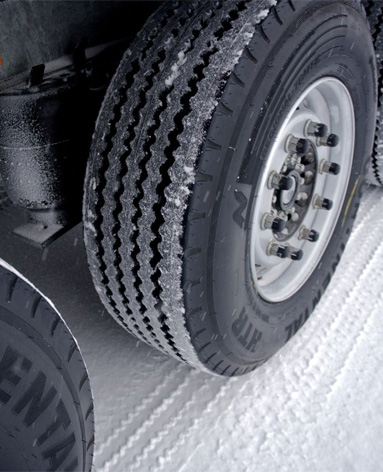Oct . 31, 2024 16:30 Back to list
Guide to Replacing Your Brake Drums for Optimal Vehicle Performance
Understanding Brake Drum Replacement
Brake drums are an essential component of a vehicle’s braking system, particularly in older cars or those with rear drum brakes. Over time, these components undergo wear and tear, leading to decreased braking efficiency and safety hazards. Knowing when and how to replace brake drums is crucial for maintaining the performance of your vehicle.
Signs You Need to Replace Brake Drums
Several indicators can signal that it's time to replace your brake drums. One of the most noticeable signs is a grinding or squeaking noise when applying the brakes. This noise may indicate that the brake lining has worn down, causing metal-to-metal contact. Additionally, you might experience a vibration or pulsation in the brake pedal, suggesting that the drums are warped.
Another sign is a decrease in braking performance; if your vehicle struggles to stop or requires more effort to brake, it may be a sign of worn or damaged brake drums. Finally, visual inspections can reveal cracks, grooves, or significant rust on the drum's surface.
The Replacement Process
Replacing brake drums involves several steps, and while many vehicle owners can perform this task themselves, consulting a professional mechanic is advisable for those unfamiliar with brake systems
.brake drum replacement

1. Preparation Ensure the vehicle is parked on a level surface, engage the parking brake, and gather the necessary tools (jack, jack stands, wrench set, and new brake drums).
2. Lifting the Vehicle Use a jack to lift the car and engage jack stands for safety. Remove the wheels to access the brake components.
3. Removing the Brake Assembly Detach the brake shoes and springs carefully. It's important to take note of how everything is assembled, as this will help during reinstallation.
4. Replacing the Drums Remove the old brake drums and inspect the hub for any damage. Install the new brake drums, ensuring they fit snugly.
5. Reassembly Reattach the brake shoes and springs, and ensure everything is functioning correctly. Finally, replace the wheels, lower the vehicle, and test the brakes to ensure everything is in order.
Conclusion
Regular maintenance and inspection of your vehicle's brake system are vital for ensuring safety and performance. Recognizing the signs of wear and knowing when to replace brake drums can prevent further damage and costly repairs. If you're ever in doubt, seeking assistance from a qualified mechanic can provide peace of mind and help keep your vehicle in optimal condition.
-
Your Brake Drum Man: Premium & Reliable Brake Drums for Sale
NewsAug.18,2025
-
ROR Web Development: Build Fast, Scalable, Secure Apps
NewsAug.17,2025
-
Scania Brake Drums: OEM Quality for Optimal Safety & Durability
NewsAug.16,2025
-
R.V.I: Advanced Remote Visual Inspection for Precision
NewsAug.15,2025
-
Discover HYUNDA: Innovative Vehicles, Equipment & Solutions
NewsAug.14,2025
-
R.V.I: Unlock Advanced Insights & Real-time Performance
NewsAug.13,2025
